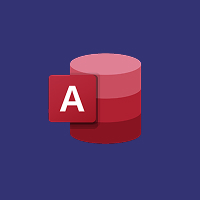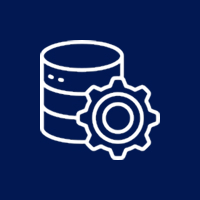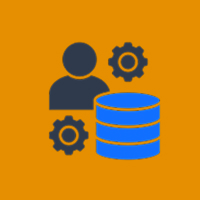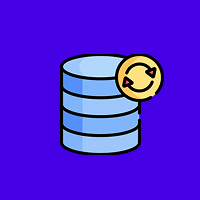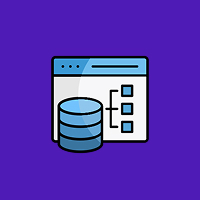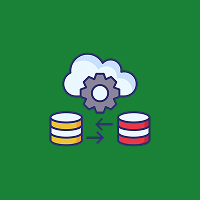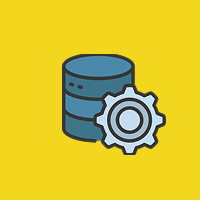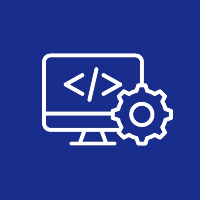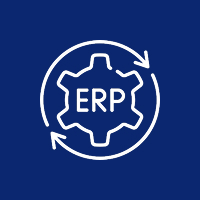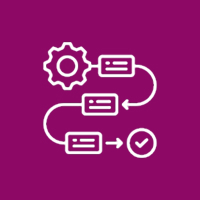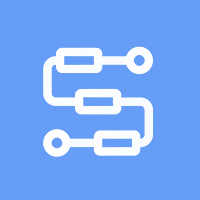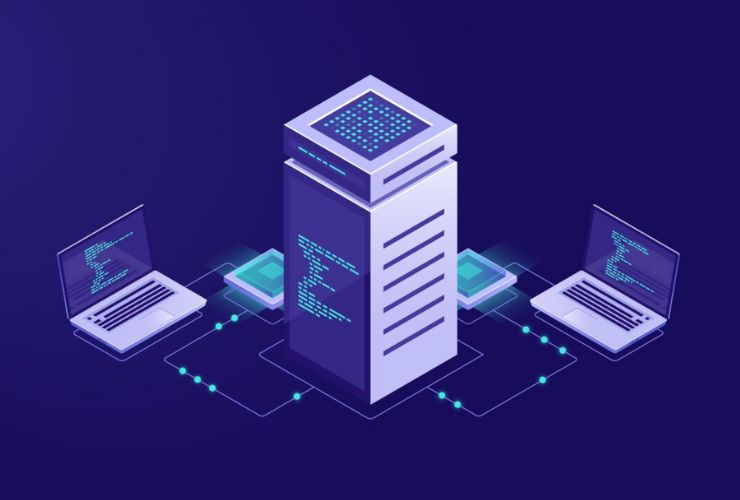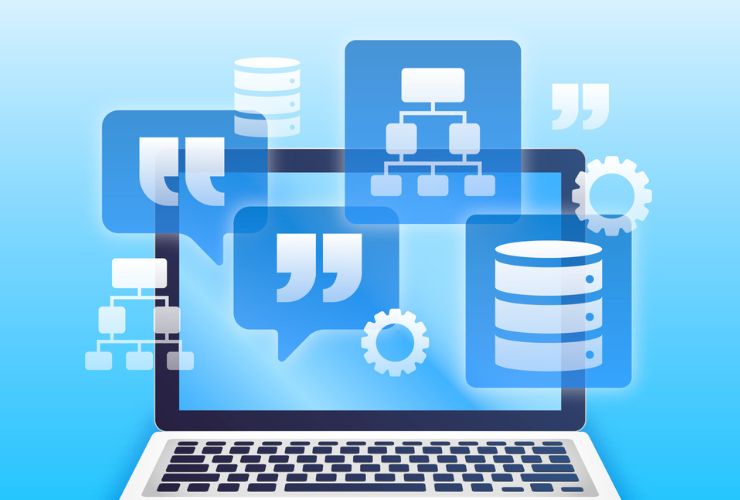Efficient database management is a cornerstone of any well-built web application. In the world of PHP frameworks, CodeIgniter stands out for its simplicity, speed, and structured approach. With its powerful Model-View-Controller (MVC) architecture, CodeIgniter provides developers with a clean and efficient way to interact with databases. Whether you’re building a blog, eCommerce platform, or enterprise software, managing your data correctly ensures better performance, cleaner code, and enhanced security.
In this article, we’ll explore how to manage databases effectively in CodeIgniter, focusing on models, query building, and best practices that every developer should follow.
1. Models in CodeIgniter
In the MVC pattern, a Model is the data layer of your application. It does everything related to your data: retrieve from the database, process the data, validate the data, and pass it back to the controller.
When you put database logic in the model, you allow for separation of concerns in your application. As result, it makes your application easier to maintain and test. Models help create database logic that is reusable; therefore allowing for any logic to be abstracted out and being in one location.
Why Models are Important:
- Generic Controllers: By abstracting the business logic from controllers, it creates a cleaner development process.
- Scalability: The more complicated the data logic gets, the more modular the models become.
- Security: Models can often give you control of what fields can be updated in a record to help prevent malicious data inserting.
Never forget how important models are as your application grows. The longer the application is standing, the more important it to make sure the models are organized, easy to read and well documented.
2. Building Queries in CodeIgniter
At the core of any dynamic application is querying and manipulating data. CodeIgniter includes the powerful Query Builder that allows you to construct complex SQL queries easily using a nice readable chainable syntax.
This method of query building is very readable and also very secure since the Query Builder escapes inputs automatically which negates SQL injection risks. Developers can perform all the standard database operations, like SELECT, INSERT, UPDATE, and DELETE with very little effort.
CodeIgniter even supports raw SQL queries if you find that the Query Builder is not sufficient for your needs. However, raw queries should only be used selectively for extreme performance or functionality.
Advantages of Query Builder:
- Readable: Easy to follow and maintain.
- Secure: Automatic escaping of inputs to prevent SQL injection attacks.
- Flexible: Chainable methods make it easy to perform complex queries without raw SQL.
3. Helpful Methods to Use When Handling Databases in CodeIgniter
CodeIgniter is simple; however, the way you design your database and how you implement the logic in your application has a direct determined impact on performance and security. Here are some helpful methods to follow when managing databases in CodeIgniter:
Put Logic In Models!
Logic pertaining to your database should live in models. Don’t mix data logic in the controllers, and views, or anywhere else. It will just make your code more modular, and testable.
Protect Your Fields!
Always specify which fields can be performed for inserts and updates to the database. Although this may only seem like a theoretical concern and won’t happen often, it will protect your data from being altered accidentally, more especially in the cases of trusting a user with a mass-assignment of data (e.g. form submission).
Use Query Builder
Use the query builder for almost everything with the database if you can. A query builder is secure, clean, and allows you to perform almost any operation using the query builder. Only resort to raw queries if it is necessary for performance reasons, or if you’re running into leaps of complexity.
Always Enable CSRF Protection
Cross-Site Request Forgery (CSRF) is an easy target for many who perform malicious attacks on the Internet. CodeIgniter has CSRF protection built-in, and you should take advantage of it by enabling it for all forms, and especially in situations where you handle user-input.
Work with Migrations
Migrations should be your friend. Migrations allow you to manage schema changes in a systemized, structured manner. This will allow you to version control your database structure, making it easier to develop, deploy, and implement optimally.
Don’t Let Models Get Overloaded
Make sure you don’t let 1 Model take on too many responsibilities. A massive model with too many parts is difficult to maintain, and it can create bugs. If you’re asking yourself whether you should split a model up into a few models, then you probably should.
Keep the Naming Consistent
Although it sounds boring, if you keep a consistent and readable naming process for your tables, fields, and model classes, the clarity and contribution to readablity will be worth it. As a bonus, it will speed up the new developers ramping up or onboarding process using collaboration.
Use Relationships Wisely
And even though CodeIgniter does not have an ORM style relationship built-in, those relationships can be organized into custom class methods and/or joins. Make sure you have documented the logic of those relationships so they are maintained and used properly.
Always Optimize Queries
When your database grows, so does the importance of your queries performance. This means you need to be utilizing indexes and avoiding too many joins, while constantly profiling your queries.
Final thoughts for More Advanced Projects
As your project continues to grow in code complexity and size, consider executing additional strategies with better database management:
- Database Seeding: Preload your test data during development for easier testing and demos.
- Environment Specific Configuration: Manage different database settings your development, staging, and production environments.
- Transaction Management: If your models have a critical function where they perform multiple queries, then use transactions to maintain data integrity even if a query fails.
Doing these things may help in the evolution of the application and improving an already proven collaborative method across teams.
Conclusion
CodeIgniter provides all the tools necessary for effective, secure, and scalable database management. By leveraging models for data logic, using the query builder for safe and clean queries, and following best practices, developers can build robust applications with minimal overhead.
As you continue to work with CodeIgniter, remember that the key to maintainable code lies in organization, security, and consistency. Whether you’re managing a small project or a high-traffic web application, mastering database management is one of the best investments you can make as a developer.
Contact Us Today













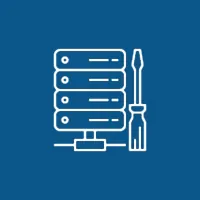 Database Development
Database Development




